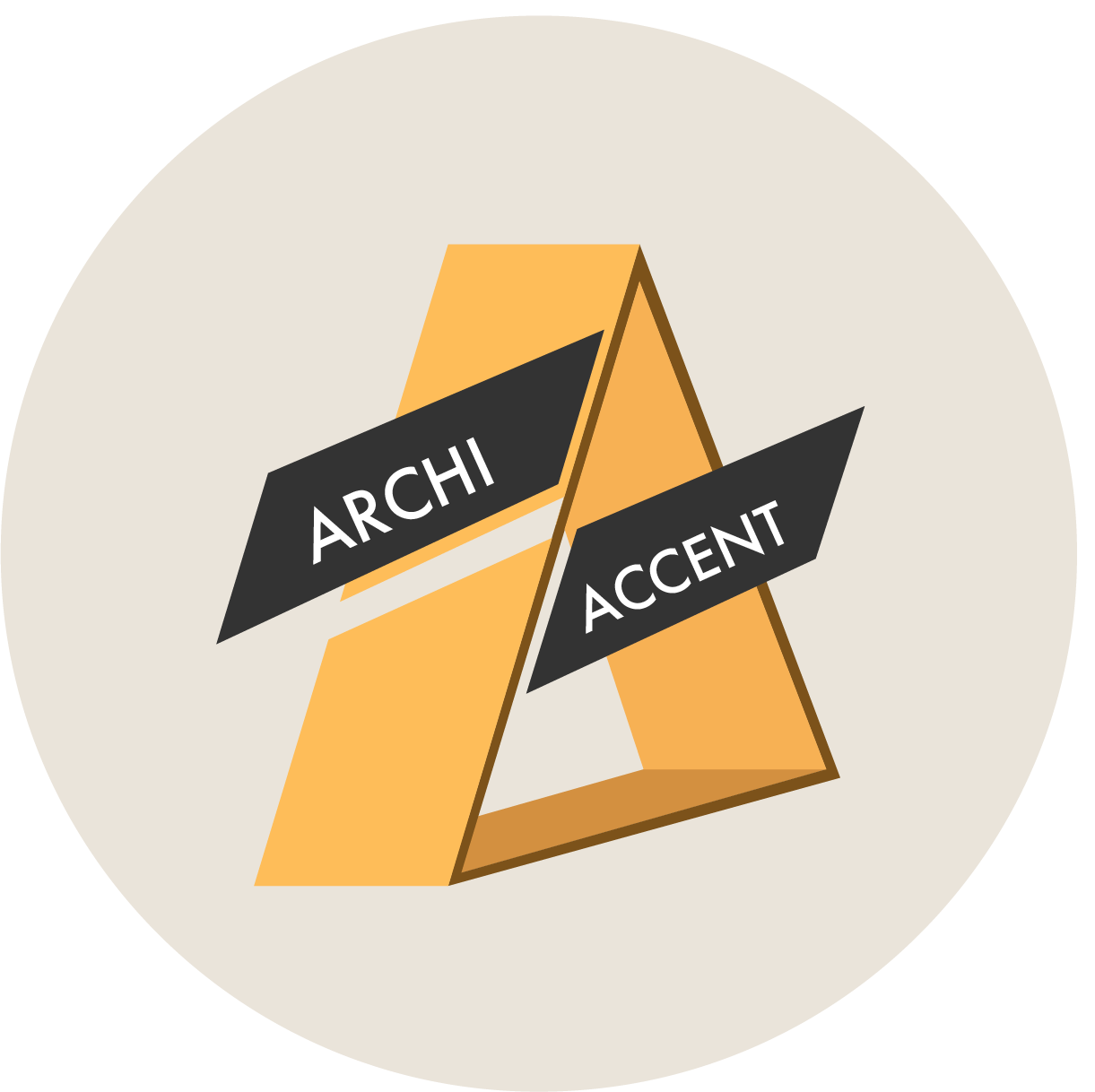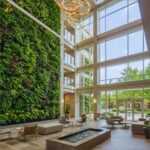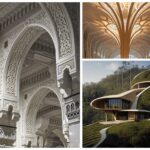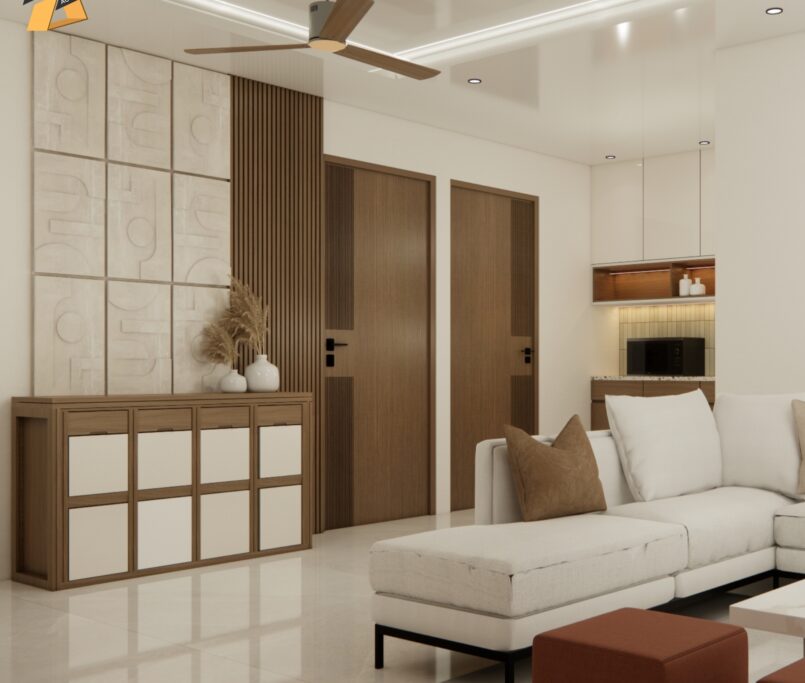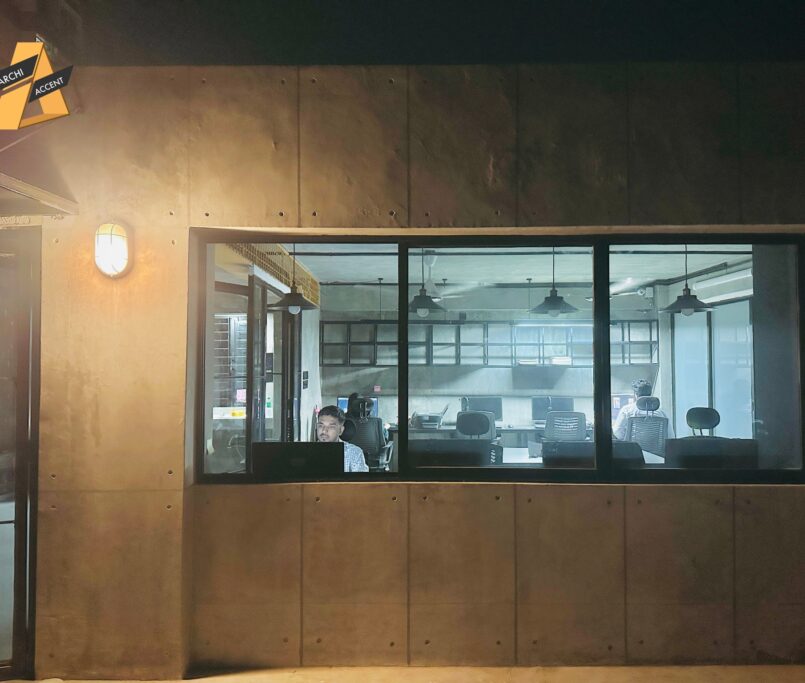Elevate Your Space: Transform Your Rooftop into a Stylish Urban Escape
In modern urban settings, rooftops are no longer just empty spaces above buildings; they have become extensions of living and social areas. A well-designed rooftop can provide a peaceful retreat, a green oasis, or even a lively entertainment zone.
Key Elements of Rooftop Design
- Functionality & Purpose
Before designing a rooftop, consider its purpose. Will it be a relaxing lounge, a garden, or a workspace? Defining its function helps in planning the layout effectively. - Greenery & Sustainability
Incorporating plants can improve air quality and reduce heat absorption. Green roofs with grass, shrubs, or vertical gardens create a refreshing natural atmosphere while also being eco-friendly. - Comfortable Seating
Whether it’s a cozy corner with bean bags or elegant patio furniture, comfortable seating is essential. Adding cushions and weather-resistant fabrics enhances the experience. - Lighting & Ambience
Soft lighting, such as string lights or solar lanterns, can create a warm and inviting environment, making the rooftop usable even after sunset. - Privacy & Shade
Pergolas, wooden screens, or fabric canopies offer both shade and privacy, ensuring a comfortable setting even during hot summer days. - Multipurpose Features
A rooftop can serve different purposes. A small dining area, a yoga space, or even a firepit for winter nights can add versatility to the design.
A well-planned rooftop is more than just an open space; it’s an opportunity to create a personalized sanctuary above the city. Whether for relaxation, social gatherings, or greenery, thoughtful design can turn any rooftop into a functional and aesthetic extension of your home.
4o
Tazkia Tahia
Media Content Executive of Archi Accent
Related Posts
When it comes to premium quality interior design,...
Finding a reliable interior design company near you...
